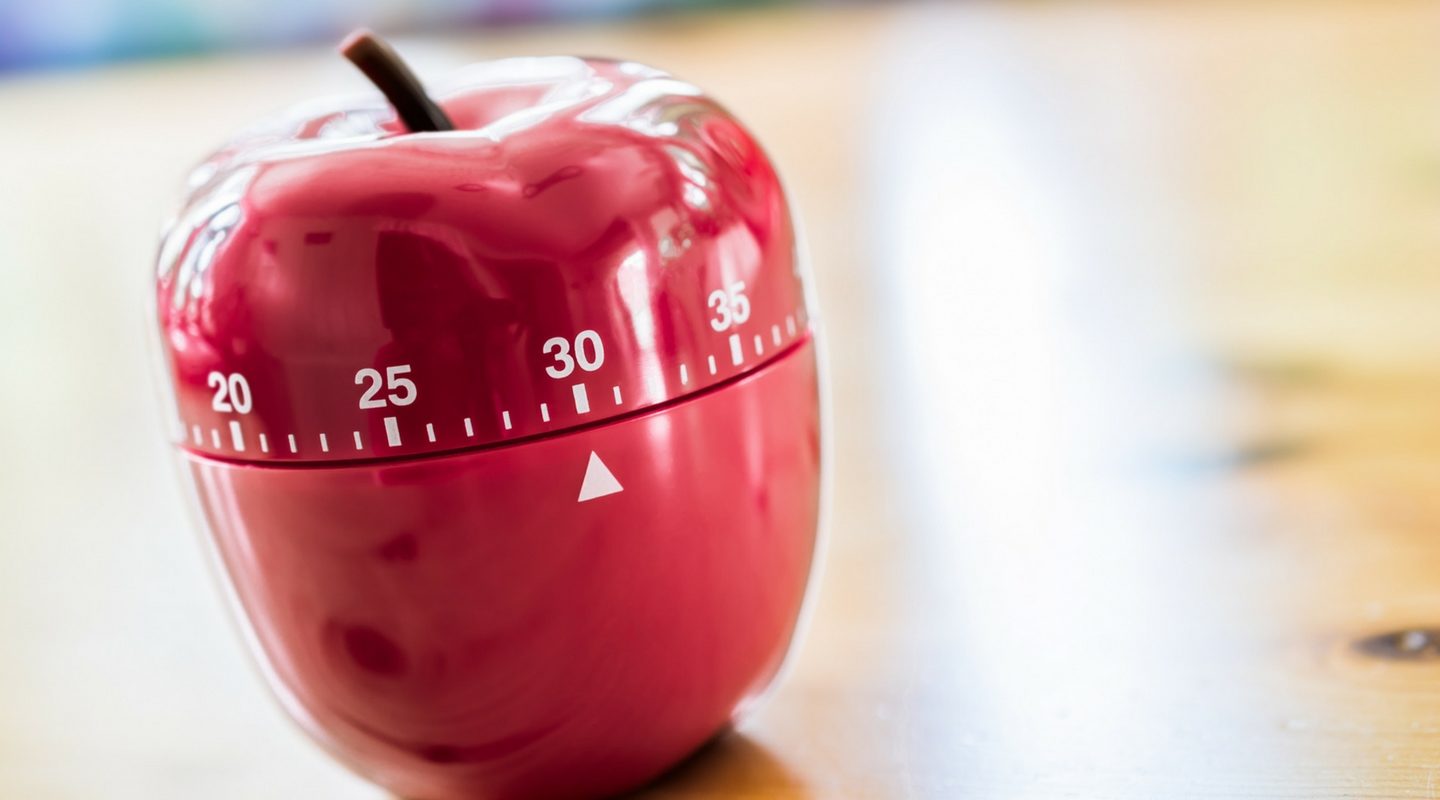In the past few years, there’s been a growing hype around High Intensity Interval Training (HIIT). Especially amongst those looking to achieve serious physical gains, and push their performance to the next level.
It’s rumoured to burn fat like a furnace and build muscle like a Greek God.
But what’s it all about, and should we be jumping on the HIIT bandwagon?
Don’t worry, we’ve got you covered. Here, we take a closer look at what it involves and how it can benefit your body. So whether you want to know how HIIT can enhance your training, or you’re looking for some top tips – we’ve got it all in one neat article.
Enjoy!
What’s it all about?
In a few short words – work harder, not longer.
HIIT is about pushing your body to the limit for a few brutal minutes – rather than slugging away at cardio for long periods of time. And the results are just as good, if not better.
This is because you’re working through your full anaerobic and aerobic thresholds…
In general, a full HIIT workout can be started and finished in less than 30 minutes. And there are even certain HIIT protocols that last only 4 minutes, such as Tabata workouts. So whilst others bore themselves, trying to burn endless calories with a one hour jog on the treadmill. You can torch body fat in half the time…
It involves short, intense bursts of activity, followed by a rest period. For those starting out, this is usually performed to make 1 minute – 30 seconds on, 30 seconds off. And this is repeated a number of times to raise your heart-rate and encourage oxygen debt.
…Where can we sign up?

And the best bit? The lack of oxygen circulating your body turbocharges your metabolism so that your body continues to burn fat post workout.
Whether you’re cycling, running, rowing, whatever – you can successfully incorporate HIIT into your fitness regime. As long as you can push your body to the max in short bursts and reward yourself with a similarly short recovery time, you can neatly fit this short training session into your plan…
Benefits for the body
As well as making you look like a better version of yourself, HIIT helps you train like a better version of yourself.
Performed correctly – flat out – it can increase body fat percentage burned per workout, improve resting metabolism, and boost lean muscle. Let’s take a closer look…
Fat burn
The sharp contrast in your heart rate between bursts and rests means your body churns away fat at a faster pace than it would with low impact training like cardio.
It increases sensitivity to insulin, boosts post-exercise oxygen consumption, and sparks a spike in epinephrine and norepinephrine… Put simply, it breaks down fat and encourages a more intense, long lasting calorie burn.
Cardio efficiency
Who’d have thought it – you don’t have to commit to never ending cardio sessions to improve your cardiovascular capabilities!
High intensity interval training assists your VO2max (maximum oxygen intake) – a fundamental indicator to the fitness level of your heart and lungs. The stronger they are, the stronger your cardio.
Due to the short rests involved in interval training, your body has to work harder to recover quicker. This is a fundamental part of building stamina.

Muscle power
Short, explosive activities demand the body to produce fast-twitch muscle fibres. Compared to slow-twitch, these fibres are much more aggressive when it comes to muscle growth and strength.
So it’s no wonder HIIT – an activity founded on explosive movements – leads the way when it comes to building lean muscle.
Metabolism
Excess post-exercise oxygen consumption (EPOC) is not only a champion when it comes to torching fat. It’s also the driving force behind a high metabolism.
EPOC is a result of your body demanding high levels of oxygen. You are forced to overcompensate for the deficit, which means you are in recovery mode for around 24 hours on average. And ultimately, increases your metabolism.
It’s not for the faint of heart, that’s for sure. But with such incredible physical and performance based benefits, the sweat, blood and tears are worth it.
READ MORE:
- Krissy Moehl: Eighteen years of hard knocks (and counting)
- 6 motivational training tips all runners should start using today
- Is your running gait letting you down?
3 top tips for HIIT results
So we’ve made a pretty solid case as to why you should be practicing HIIT. But now let’s look at how…
1. Don’t go into overdrive
With so many benefits, it makes any other workout seem null and void. But performing too many HIIT sessions is actually counterproductive.
High intensity workouts significantly affect your body, and can demand 48 hours or more in recovery time. Neglecting proper recovery can cause muscle damage, metabolic stress, and in extreme cases Rhabdomyolysis.
Which leads us to top tip number one: 2-3 HIIT workouts a week is the sweet spot and will help condition the body effectively.
2. Work out the best ratios
HIIT is about pushing yourself to the max. So workout to rest ratio will be different for everyone…
Whilst beginners might find 20 seconds on, 40 seconds off a struggle, this might be a walk in the park for hardcore exercise lovers. And if you’re not pushing your body into an oxygen deprived state, you won’t enjoy the benefits of this type of workout.

Top tip number two: a ratio anywhere between 1:1 and 1:3 (intensity:recovery) will drive results.
If you’re running, work with a minute. If you’re new to this try 20 seconds on, 40 seconds off, intermediates should try 30 seconds on, 30 seconds off, and HIIT heroes might want to try 40 seconds on 20 seconds off. Do this for 20 – 30 minutes.
If you’re cycling, try 20 seconds flat out, 10 seconds resting to begin with and work your way up to 1 minute intense cycling followed by 1 minute light pedalling. Repeat this 10 – 20 times.
If you’re rowing, start out rowing at your maximum for 30 seconds, followed by 2 minutes rest. This can be repeated 5 – 10 times. As you progress, reduce the resting time and increase the repetitions.
If you’re working with weights, keep the weight relatively low to begin with so you can increase the speed at which you perform each exercise. Try and complete 5-8 reps of around 5 activities, and rest for 1-2 minutes between each round.
3. Focus on recovery, just as much as intensity
It’s easy to get caught up in running faster, cycling quicker, rowing stronger, and generally pushing your intensity further and further. But it’s important that you pay as much attention to the recovery period too.
On average, they should be between 40%-50% of your estimated maximum heart rate.
Maximum heart rate = 220 – your age.
It should be an active rest, that still means your body is working without any physical strain. Think a slow jog, fast walk, light cycle, relaxed row etc.
A sprint finish…
So there you have it, HIIT 101. The most important bits of information about high intensity interval training, how it works, why it is effective, and how you can get started.

